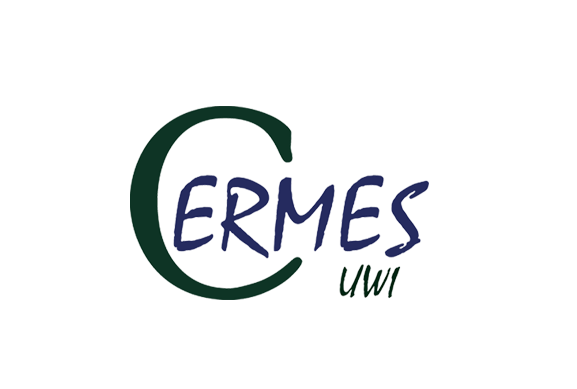RESEARCH INFORMATION
CERMES Sargassum Reference Repository
The Sargassum Reference Repository is a living and constantly growing collection of scientific works related to the biology, impacts and uses of sargassum within the Wider Caribbean Region and beyond.
For each entry in our repository you can view reference metadata (authors, title, date, etc.), and in most cases also its abstract. When an item is from an open source, you can click the URL provided to access it.
The references are organised and searchable based on a predetermined set of tags, listed below.










